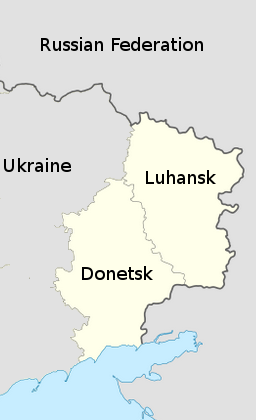Whenever a new round of ceasefire takes place anywhere in the world, each combatant side gets ready for violations, and each side is totally confident that any violation will come from the other side.
 It’s not hard to see why, as most ceasefires are mutually beneficial for the leaders of warring factions, but both become intimately familiar with the tactics of the most extreme fighters on the opposite side, and are sure they aren’t to be trusted.
It’s not hard to see why, as most ceasefires are mutually beneficial for the leaders of warring factions, but both become intimately familiar with the tactics of the most extreme fighters on the opposite side, and are sure they aren’t to be trusted.
Ukraine seems much the same, as the new ceasefire is mostly holding, but marginal factions on each side are already rejecting the ceasefire, and promising to ignore it.
Ultranationalist militias which the government had been using as frontline fighters made it clear before the ceasefire even began that they consider any cessation of hostilities with the ethnic Russian east “unconstitutional,” and promised to keep attacking. On the rebel side, frontline fighters also insisted the deal didn’t apply to their particular target, because it didn’t mention Debaltseve by name.
That means violations coming out of the margins on both sides are likely, with the leaders of either side having plausible deniability for their own violations, but ample evidence for those on the other side.
The ultimate survival of the ceasefire depends mostly on the leaders of either side being willing to commit to the pact irrespective of what happens on the margins, and to exercise their influence, limited though it may be, on their own extreme factions to keep their violations limited.


